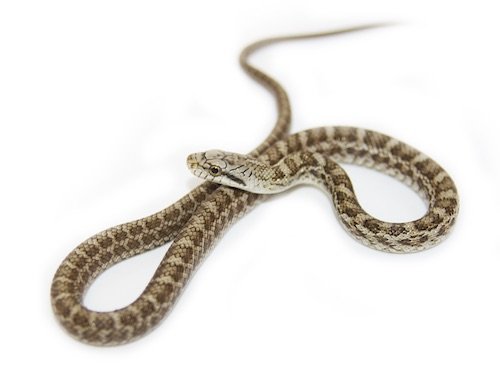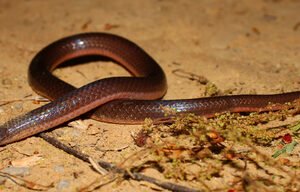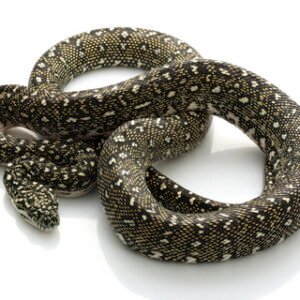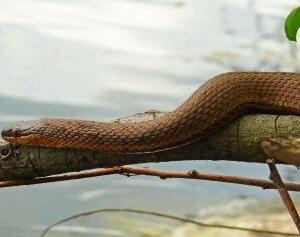Overview of the Japanese Rat Snake
The Japanese rat snake, scientifically known as Elaphe climacophora, is a non-venomous species that inhabits Japan and various regions of East Asia. This snake plays a significant role in the ecosystem as a constrictor, primarily preying on rodents, birds, and eggs. Understanding its physical characteristics is essential for identification and appreciation of its unique biological traits. Typically, the Japanese rat snake measures between 1.2 to 2.1 meters in length, with some exceptional individuals reaching over 2.5 meters. The coloration of this species varies according to its habitat, with common hues including yellow, green, and gray, often accompanied by distinctive black or dark brown patterns. These patterns serve not only as camouflage but also as a visual signature that differentiates it from other snake species.
Regarding habitat, the Japanese rat snake is primarily found in forests, grasslands, and agricultural areas, favoring environments where it can easily find food and shelter. It exhibits a broad geographical range, being found on the main islands of Japan, including Honshu, Shikoku, and Kyushu, as well as some surrounding islands. The adaptability of this species allows it to thrive in various altitudes and climates across its range.
Behaviourally, the Japanese rat snake demonstrates remarkable hunting skills, relying on stealth and agility to capture its prey. It primarily hunts at dusk or during the night, relying on its acute vision and sensitivity to vibrations. Additionally, the snake’s interactions with predators, such as birds of prey and larger mammals, showcase its ability to escape through climbing trees or burrowing into foliage. The reproductive habits of the Japanese rat snake are equally fascinating, as they reach sexual maturity by the age of three, often laying clutches of 5 to 20 eggs during the breeding season. Understanding these aspects of the Japanese rat snake contributes to the broader knowledge of its ecological role and behavioral patterns.
Conservation and Importance in Ecosystems
The Japanese rat snake (Elaphe climacophora) plays a vital role in its native ecosystems, primarily through its diet, which consists of rodents and smaller animals. By preying on these species, the Japanese rat snake helps maintain ecological balance; it controls rodent populations that, if left unchecked, can lead to agricultural losses and the spread of diseases. This serpentine predator is an essential component of the food web, demonstrating the interconnectedness of various wildlife species within their habitats.
Despite its ecological importance, the Japanese rat snake faces numerous threats that compromise its survival. Habitat loss due to urban development, agricultural expansion, and deforestation poses significant challenges to its populations. Additionally, the demand for exotic pets has led to increased capture and trade, further endangering wild populations. These factors collectively contribute to an alarming decline in numbers, highlighting the need for decisive conservation measures. The monitoring of their population trends is crucial to inform appropriate actions for this species’ preservation.
Conservation efforts for the Japanese rat snake focus on habitat preservation and the establishment of protected areas. Public education campaigns aim to raise awareness about the ecological significance of this snake, dispelling myths and fostering a more positive perception of these reptiles. Moreover, collaborations between wildlife organizations and local communities are essential to implement strategies that mitigate human-wildlife conflict and promote coexistence.
In conclusion, the Japanese rat snake holds intrinsic value in maintaining the balance of its ecosystem through its predatory activities. Protecting this species not only safeguards its existence but also benefits the larger ecological framework. Ongoing recommendations to enhance conservation efforts include habitat restoration, legal protections, and educational outreach to ensure that the fascinating Japanese rat snake continues to thrive in its natural environment for generations to come.





